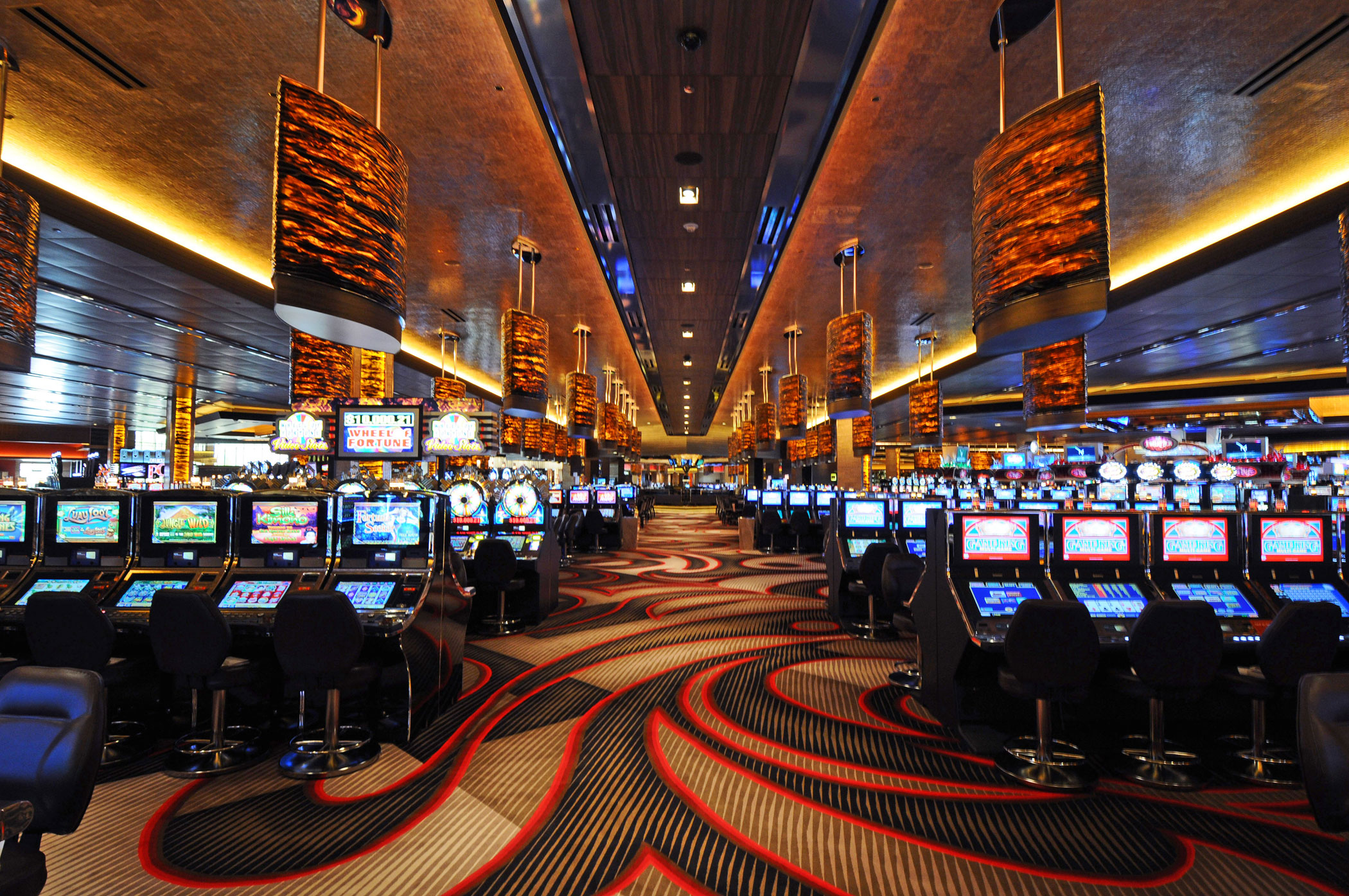
Casino games have long captivated people’s attention, drawing gamblers into a universe filled with luck, planning, and the allure of thrill. Each activity is meticulously crafted not just for fun, but also to inspire specific emotional responses that keep players engaged and interested. Understanding the drives behind these designs reveals much about how human psychology plays a key role in the gaming experience.
From the dazzling lights and vibrant sounds to the complex layering of rules and payoffs, casino games are designed to create an atmosphere of excitement and eagerness. Game designers leverage mental cues to influence participant behavior, whether through the use of winning opportunities, almost wins, or community engagement. By examining these aspects, we can better appreciate how casino games fulfill not just a need for entertainment, but underlying psychological needs for adventure and hazard.
Comprehending Gamer Behavior
Casino games are engineered with a profound grasp of player psyche, which is vital for luring and retaining players. The rush of the game, combined with the expectation of winning, creates a powerful attraction. Game designers employ elements like sonic elements, vibrant graphics, and immersive gameplay to engage attention and evoke emotional responses. These sensory elements enhance the overall experience, making players feel more attached in the game.
Another notable aspect of player behavior is the notion of risk/reward dynamics. Casino games often manage high-stakes situations with the potential for significant rewards, which can result in the phenomenon known as near-miss experience. When players come near to winning, the brain produces dopamine, strengthening their behavior and prompting them to keep playing in pursuit of that elusive win. This cycle of anticipation and frustration plays a crucial role in how games are designed and advertised.
Lastly, community aspects also play a pivotal role in player behavior at casinos. Many games are made to be played in groups or in company with other players, nurturing a sense of belonging and collective experience. The community engagement inherent in games like blackjack enhances enjoyment and can result in longer play sessions. Designers capitalize on this by creating environments that encourage players to stay, interact, and return, making the overall casino experience more attractive.
The Role of Visuals and Sound
Imagery and sound play a significant role in improving the player’s experience within casino games. https://nohuonlines.com/ Designers utilize vibrant colors, eye-catching graphics, and engaging animations to capture gambler’s attention and hold their interest. The use of themes, such as exploration or luxury, helps create an engaging atmosphere that takes players into a different world. By appealing to the senses, these elements contribute to a intensified emotional response, encouraging players to engage more profoundly with the games.
Sound design is just as important in enhancing the experience of casino games. The combination of ambient music, sound effects for successful combinations, and ambient noises creates an sound landscape that holds players fascinated. Audio cues associated with wins, such as ringing bells or festive music, evoke feelings of excitement and reward, encouraging players to continue playing. These audio cues are strategically placed to enhance the excitement of the game and create a more immersive experience.
Additionally, the alignment of visuals and sound is crucial for supporting the game’s overall theme and atmosphere. Each element should coordinate seamlessly to create a cohesive experience that draws players in. The effective use of this integration not only enhances user enjoyment but also boosts the likelihood of return play, as players become more engaged in the captivating world that the casino games offer. This thoughtful integration of visuals and sound ultimately enhances player involvement and commitment.
Reward Structures and Participation
The creation of gambling games greatly relies on incentive systems to keep players involved and coming back for additional experiences. These systems are based in behavioral principles that exploit human nature and motivation. Players are often driven by the thrill of winning, which is supported by instant feedback through the game structure’s mechanics. This instant gratification not just improves the overall experience but also fosters a feeling of success, encouraging participants to continue participating in hopes of bigger gains.
Gaming establishments utilize various reward structures, including large payouts, extra rewards, and multipliers, to engage participants. These elements create a layer of excitement that maintains interest. Additionally, the unpredictability of results plays a crucial role in sustaining interest. The variable reward system, where wins are random but occur often enough, keeps players on edge and driven to continue participating. This loop of anticipation and anticipation is foundational to the effectiveness of gambling experiences.
Furthermore, community aspects, such as tournaments and collaborative options, boost the participation factor by tapping into the desire to compete of players. The communal aspect of gaming with fellow participants can amplify the thrill of winning and create a sense of community within the casino. By integrating these social dynamics with efficient reward systems, casino games not only offer entertainment but also nurture a stronger bond among participants, reinforcing their commitment to the gaming experience.